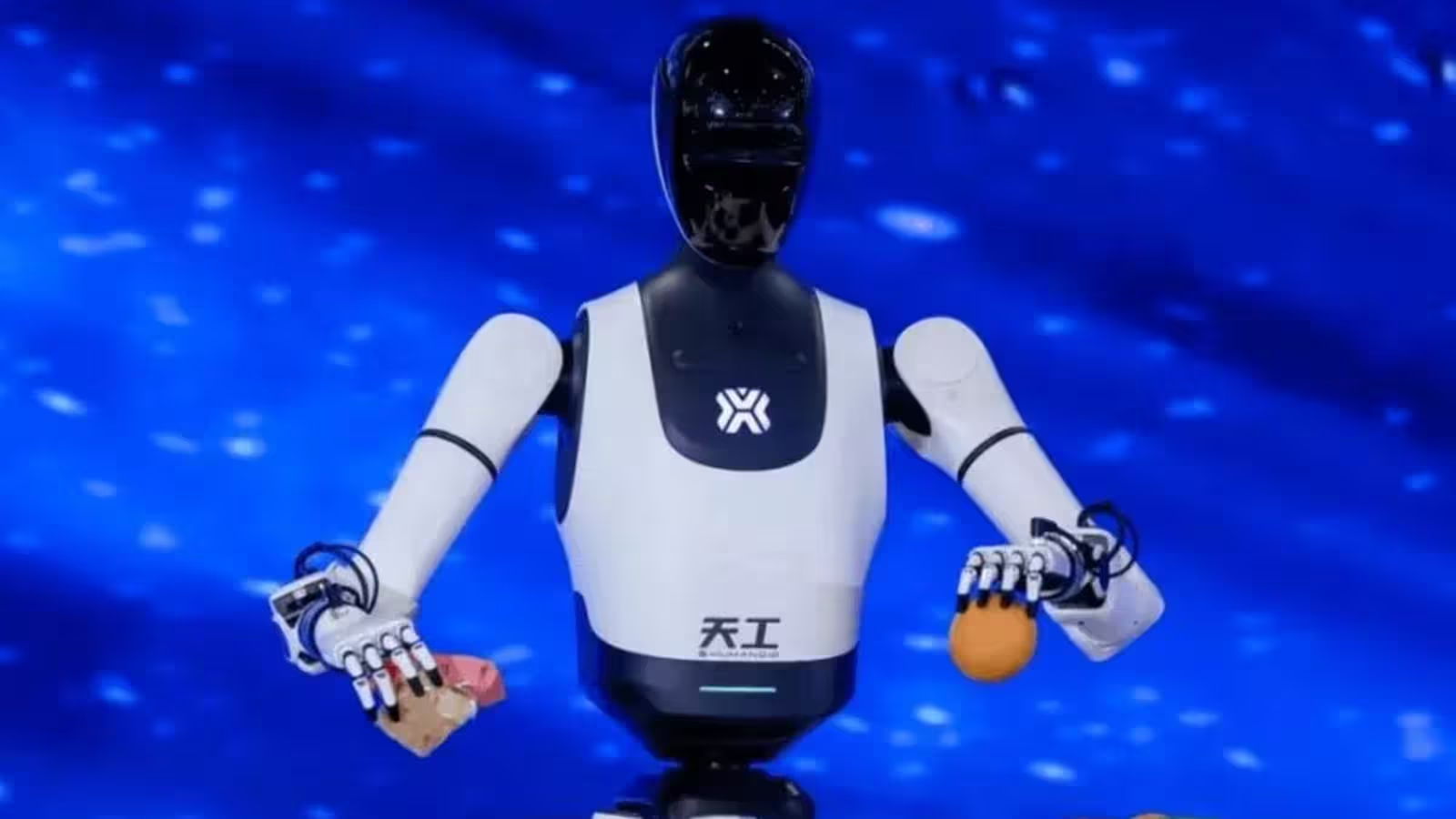3 Minutes
The Beijing Academy of Artificial Intelligence (BAAI), a leading non-profit research institute in China, has officially launched RoboBrain 2.0 — a breakthrough open-source artificial intelligence model specifically designed to drive the next generation of humanoid robots. RoboBrain 2.0 currently stands as the world’s most powerful open-source AI developed for robots, set to play a pivotal role in the rapid evolution of robotics both in China and worldwide.
Advanced Features Elevate RoboBrain 2.0’s Capabilities
RoboBrain 2.0 delivers transformative upgrades in two critical areas: spatial intelligence and advanced task planning. These enhancements empower robots to better perceive and interpret distances between objects, significantly boosting their ability to navigate complex environments. Furthermore, with sophisticated task planning, robots utilizing RoboBrain 2.0 can now break down intricate, multi-step tasks into manageable actions, streamlining workflow automation and unlocking new possibilities for robotics integration in real-world scenarios.
Remarkable Performance Compared to Its Predecessor
According to recent reports, RoboBrain 2.0 outpaces its first iteration — released just three months ago — by offering 17% faster processing speeds and a substantial 74% increase in accuracy. This leap in performance sets a new benchmark for open-source AI models in the robotics sector, addressing longstanding challenges such as model capability limitations and the scarcity of high-quality training data.
Strategic Collaborations and Industry Leadership
BAAI’s president, Wang Zhongyuan, emphasizes the strategic importance of robust AI models for expediting the development and adoption of humanoid robots, an industry still facing significant hurdles. Currently, BAAI collaborates with over 20 leading companies specializing in embodied intelligence and aims to expand these partnerships further, reinforcing the value of joint efforts in driving technological advancement and AI-powered robotics.
Integration Within the Wujie AI Ecosystem
RoboBrain 2.0 is a core component of the Wujie suite, which also encompasses RoboOS 2.0 (a cloud-native platform for deploying robotic AI models) and Emu3 (a multimodal system adept at interpreting and generating text, images, and video). This holistic ecosystem offers developers and researchers a versatile toolkit for building smart, collaborative machines.
Driving China’s Momentum in Smart Robotics
The unveiling of RoboBrain 2.0 highlights China's ambitious efforts to dominate the intelligent machine space. Other major initiatives include the Beijing Humanoid Robot Innovation Center, responsible for the embodied AI platform Hui Si Kai Wu and the advanced Tien Kung humanoid robot, which impressively completed a half-marathon in Beijing earlier this year.
Industry Impact and Future Prospects
The annual BAAI conference, which gathered over 100 researchers and 200 industry experts from giant tech players such as Baidu, Huawei, and Tencent, underscored RoboBrain 2.0’s potential as an industry game-changer. Additionally, BAAI announced a strategic partnership with a Hong Kong investment group, aiming to nurture AI talent and technologies while increasing investments in artificial intelligence infrastructure. As open-source AI models like RoboBrain 2.0 push the boundaries of what is possible, the global robotics landscape is set for a new era of intelligent automation and human-robot collaboration.
Source: interestingengineering



Comments